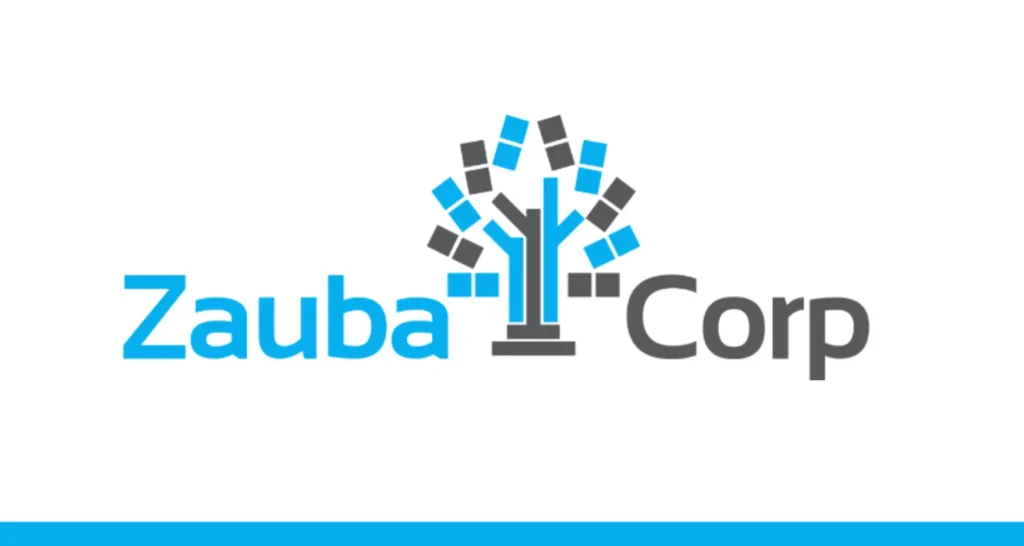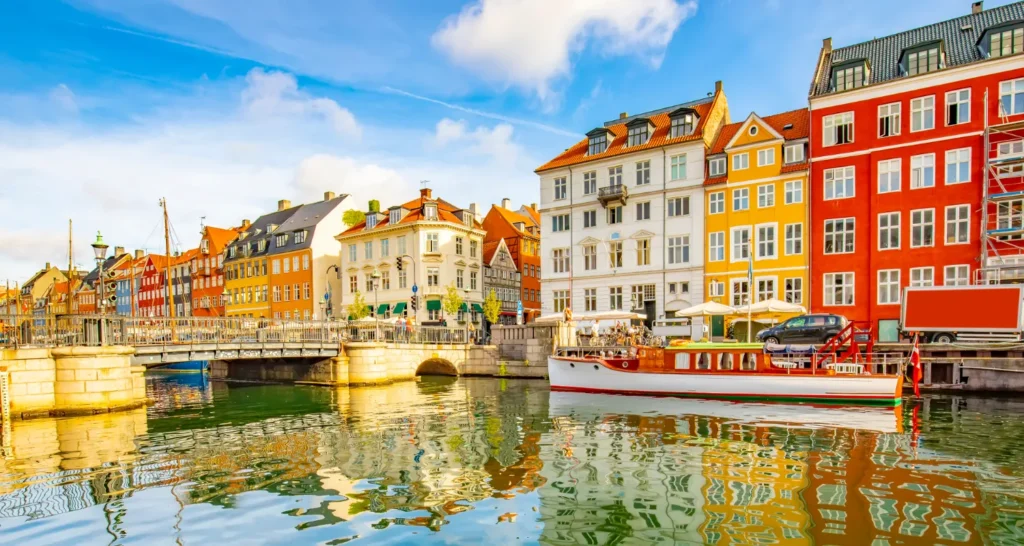What opportunities and challenges do social media, openness, and self-organizing bring about for collaboration and communication between citizens and public organizations? Can social media be used as an effective participative environment? The SOMUS project set out to explore these questions by making a number of case studies where citizens and public sector representatives developed and utilized social media tools and services to tackle societal issues.
Social media tools require new skills and processes
Social media challenges the traditional ways of citizen participation. Online tools and services offer powerful platforms for active citizens and lower the barrier for participation in societal issues. Cities and municipalities can utilize the collective wisdom of its citizens for problem solving and innovation. However, successful utilization requires coordination skills and processes that benefit from and support citizen participation. There will also be increased pressure for transparency in decision-making. A city can support citizen participation by opening its data for free and in a machine-readable format. Open data enables analysis and application development by giving the citizens facts and opportunities for informed participation.
Open participatory research
Our leading themes, social media, and openness were utilized from the beginning: the project proposal was drafted in an open wiki, and this attracted researchers from universities as well as active citizens creating the core project group. All project work was done in an open manner supported by online tools. During the actual project, we co-designed new social media services with high school students and their teachers, immigrants, and their associations as well as the Ministry of Justice.
Innovations through social media
Social media may be utilized in two ways: existing social media services may be used or new services may be developed. Using existing social media services enables building on available communities, networks, and content, but one must play by the rules of the service in question. When creating new services, popular social media features that have become familiar to users can be included to make also new services easy to learn and use. Collaboration with real users from the problem definition through use is critical to success. Crucial new ideas may come from any participant and fresh ideas emerge best through experimenting and testing. New tools and clever use of current tools can themselves become innovations and create new business opportunities, and they may ‘Social media for citizens and public sector collaboration’ (SOMUS) was jointly funded by the MOTIVE program of the Academy of Finland, and the research partners, VTT Technical Research Centre of Finland, Aalto University School of Technology and Science, University of Jyväskylä, and the University of Tampere.
Social media enables self-organization. It works in a small group, but large crowds need gluing elements or tools to compensate for the lack of formal organization that is normally used to organize such activities. This is particularly the case when the action requires a longer time to complete and the target is to have an impact outside the online world. Dealing with openness and incompleteness, networking, managing varying roles, facilitating networked processes, agility, and ethics are needed when utilizing open social media in public processes.













